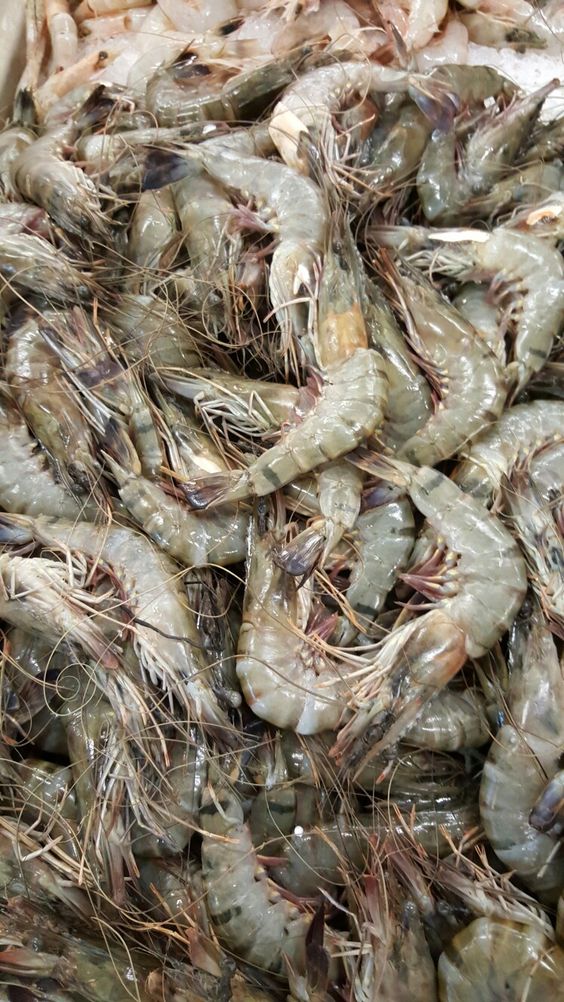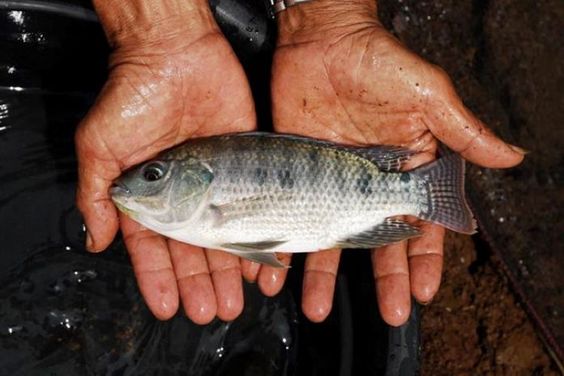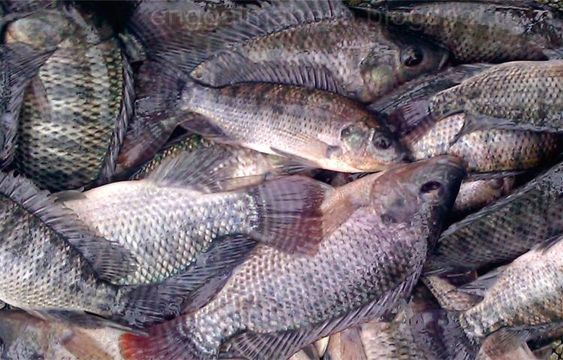Unveiling the Essentials of Tilapia Packaging: Freshness, Sustainability, and Consumer Appeal
Tilapia Packaging, a versatile and mild-flavored white fish, has become a popular seafood choice for consumers worldwide. But ensuring this perishable product reaches your plate in optimal condition relies heavily on effective packaging. This guide delves into the critical aspects of tilapia packaging, exploring materials, functionality, sustainability considerations, and marketing strategies to capture consumer attention.
Contents
Understanding Tilapia’s Packaging Needs
Freshness is paramount when it comes to tilapia. The packaging must effectively:
- Maintain Low Temperature: Tilapia is typically sold fresh or frozen. Fresh tilapia requires proper refrigeration to prevent spoilage, while frozen tilapia needs packaging that maintains consistent low temperatures throughout the supply chain.
- Minimize Moisture Loss: Moisture loss can negatively impact the texture and flavor of tilapia. The packaging should create a barrier to minimize moisture evaporation.
- Prevent Gas Exchange: Oxygen exposure can accelerate spoilage. Packaging should limit oxygen ingress and may even utilize modified atmosphere packaging (MAP) to control gas composition within the package.
Material Selection for Optimal Performance
The ideal tilapia packaging material balances functionality, cost-effectiveness, and sustainability:
- Plastic Films: Flexible plastic films, such as polyethylene (PE) and polypropylene (PP), are widely used for fresh tilapia. They offer good moisture barrier properties and can be heat-sealed for secure closure. Some films may incorporate oxygen barrier layers or be used in conjunction with MAP for enhanced shelf life. However, plastic’s environmental impact is a growing concern.
- Rigid Plastics: Trays made from PET (polyethylene terephthalate) or PVC (polyvinyl chloride) provide structural support for fresh tilapia fillets or whole fish. They offer good clarity for product visibility and can be combined with plastic films for a complete packaging solution. However, some rigid plastics can be challenging to recycle.
- Biodegradable Materials: Compostable films or trays made from plant-based materials like cellulose or PLA (polylactic acid) are gaining traction as sustainable alternatives to traditional plastics. While offering good moisture barrier properties, their shelf life may be shorter.
- Vacuum Pouches: For frozen tilapia, vacuum pouches made from combinations of plastic and nylon films are commonly used. The vacuum process removes air, minimizing oxidation and dehydration, and extending shelf life.
Functionality Beyond Basic Protection
Tilapia packaging goes beyond just preserving freshness. It plays a crucial role in:
- Leakproof Design: Leakage can be messy and unsanitary. Packaging with secure seals and potential leak-proof features ensures a mess-free journey from store to kitchen.
- Stackability and Transportation: Efficient packaging design allows for optimal stacking during transport and storage, minimizing wasted space and optimizing logistics.
- Tamper Evident Features: Consumers seek assurance that the product hasn’t been tampered with. Tamper-evident seals or packaging formats that visually indicate tampering provide peace of mind.
Sustainability in Tilapia Packaging: A Growing Focus
The environmental impact of packaging is a rising concern. Here’s how tilapia packaging can become more sustainable:
- Material Selection: Choosing biodegradable or recyclable materials like compostable films or PET trays is a significant step towards sustainability.
- Reduced Packaging: Optimizing packaging size and minimizing unnecessary layers can decrease environmental footprint.
- Clear Labeling: Providing clear recycling instructions on the packaging allows consumers to participate in proper disposal.
Marketing Appeal: The Power of Packaging Design
Packaging is a silent salesperson on the grocery shelf. Effective tilapia packaging design can attract consumers and influence purchase decisions:
- Visual Appeal: Eye-catching graphics, vibrant colors, and high-quality product photography can grab attention.
- Clear Information: Packaging should clearly communicate product details like weight, origin, and key certifications (e.g., organic, sustainably sourced).
- Recipe Inspiration: Including quick and easy recipe suggestions on the packaging can inspire consumers and promote tilapia as a convenient meal option.
- Sustainability Messaging: Highlighting the use of sustainable materials or responsible sourcing practices can resonate with environmentally conscious consumers.
The Future of Tilapia Packaging
Innovation in tilapia packaging continues to evolve:
- Smart Packaging: Integrating sensors that monitor temperature or spoilage indicators into the packaging can provide real-time information about product quality.
- Active Packaging: Utilizing materials that absorb oxygen or release carbon dioxide can further extend shelf life.
- Recyclable Multi-layer Films: Advances in multi-layer film technology are leading to the development of fully recyclable packaging solutions that offer superior barrier properties.






